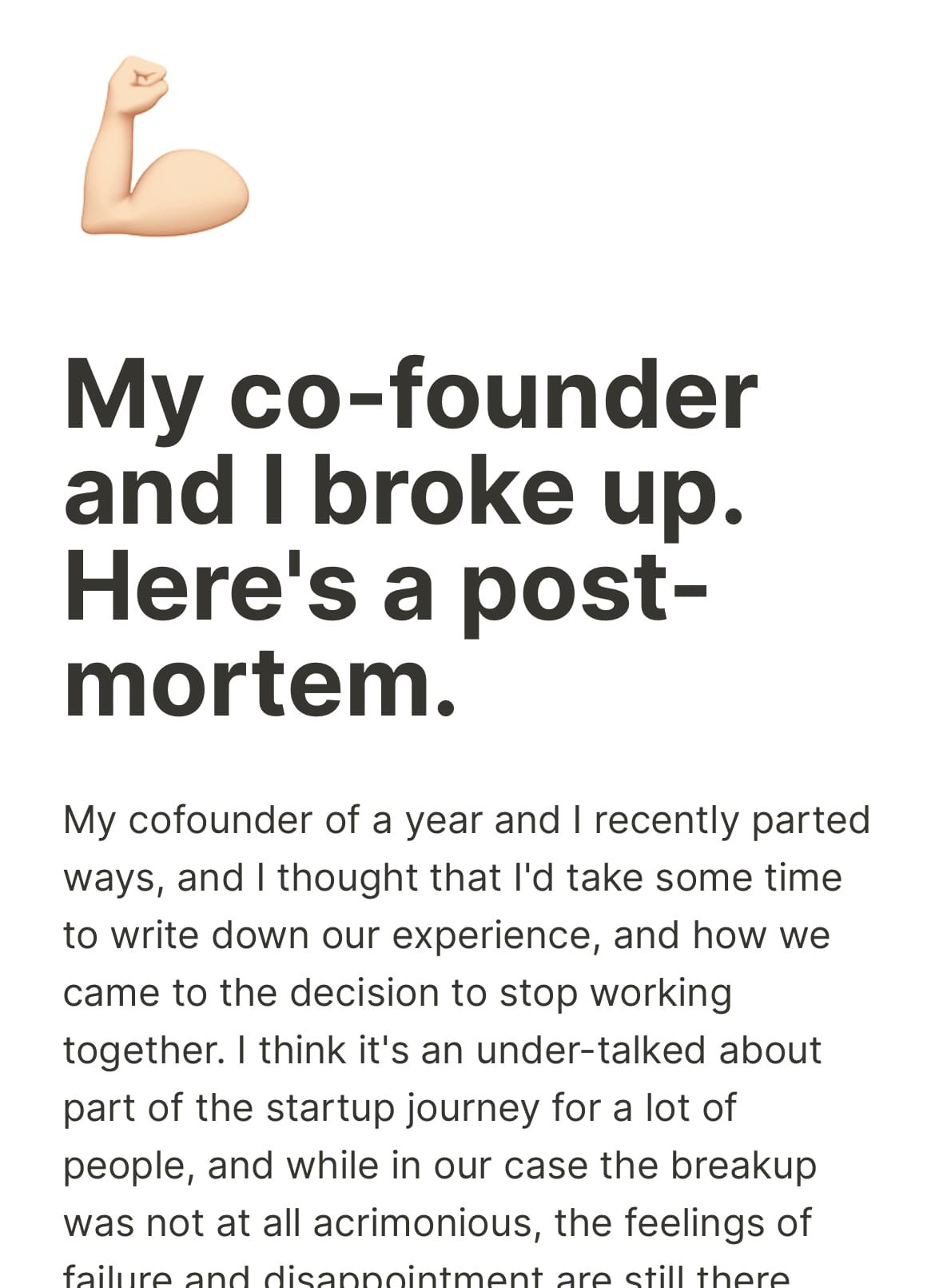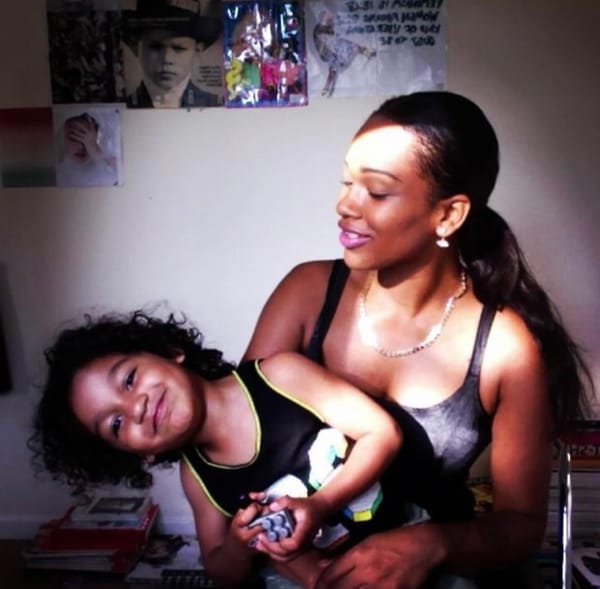We Need To Talk About Business Trauma
How Your Past Failures Hinder Your Future Deals (and How to Move Forward Anyway)

In this new era, I feel healed. Not just from personal trauma, but from my business trauma. In my early years of WAH Nails, there were FOUR specific instances of business trauma that really affected me (you can read one here) and many many others where I felt belittled and betrayed.
Business isn’t just strategy. It’s psychology. It’s emotion. And now, with hindsight, I can see that it’s these past experiences that I carried into every future negotiation, deal, and decision—whether I realised it or not.
But things feel really different this time around, and when things feel different, my analytical mind likes to assess why.
If you’ve been burned before—by a co-founder walking away, an employee trying to sue you, a supplier stealing your formula, an investor forcing you out as CEO, or even just the quiet heartbreak of closing your first business—those experiences don’t just disappear, they settle into your instincts, shaping how you show up in the next deal.

Maybe you hesitate before signing a new partnership contract, second-guessing every clause. Maybe you hoard control over decisions because, deep down, you don’t trust anyone but yourself. Maybe you avoid scaling because success once led to betrayal, and part of you wonders if it’s worth the risk again.
This is business trauma. And if you don’t acknowledge it, it will quietly dictate every move you make.
The most successful entrepreneurs aren’t the ones who’ve never failed. They’re the ones who’ve learned to trust again—the ones who’ve felt the sting of business betrayal but refuse to let it define their future. I'm often the person my female founder friends call with their business traumas so I've seen the full gamut of dramas and how they can affect you.
If you’re carrying the weight of past business pain, here’s how to unpack it, heal from it, and start making bold moves again. Let's get into it.




